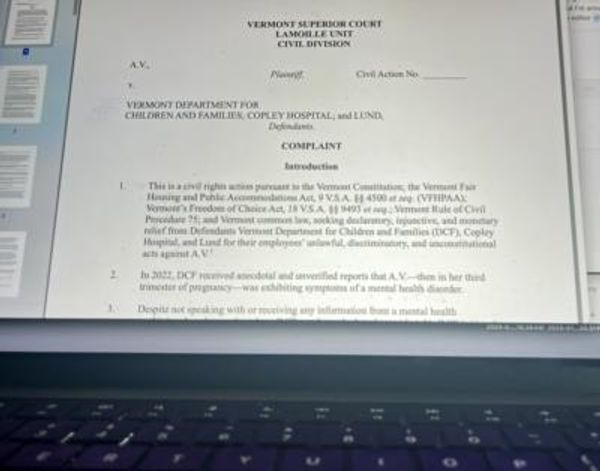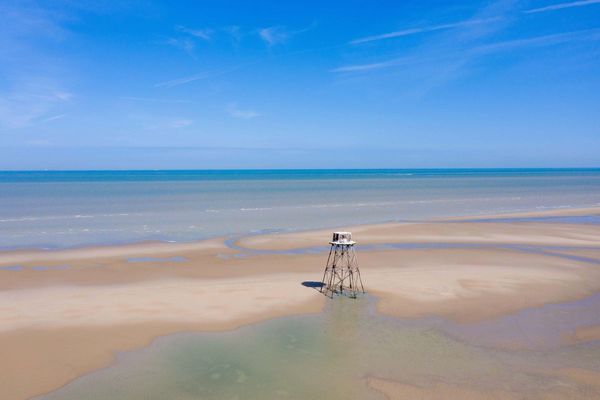
Scientists have detected only minimal coral bleaching at Western Australia’s Ningaloo reef, raising hopes it will avoid what is unfolding on the Great Barrier Reef.
Coral ecologist James Gilmour, from the Australian Institute of Marine Science, is heartened by what he found last week, when he went to the World Heritage site to check on heat stress.
He says two low pressure systems that moved through the area recently appear to have kept conditions cool enough to avoid the kind of mass coral bleaching that’s currently unfolding on east coast reefs.
“We did see a little bit of bleaching but it certainly wasn’t severe – maybe 10 per cent.”
Conditions are expected to remain about 1C above average for the rest of this month and while that’s not ideal, Dr Gilmour does not believe it’s enough to cause widespread bleaching.
On the other side of Australia, things are significantly worse.
In March, sea surface temperatures on the Great Barrier Reef were in the top 10 per cent of records for the northern section of the reef, and parts of the central section. Those records date back to 1900.
Temperatures remain 1C to 2C above average throughout most of the marine park, and that’s expected to continue.
An increasing number of surveys are showing completely white colonies and coral morality across a broad area of the central reef, where heat stress accumulation has been worst, the Great Barrier Reef Marine Park Authority says.
But there’s also a great degree of variability across multiple regions, including in relation to bleaching severity, depth, and whether or not corals have died.
“Despite the fact that summer is over a month behind us, this coral bleaching event is still unfolding,” the marine park authority’s chief scientist David Wachenfeld says.
“We are working with our partners to prioritise a sub-set of reefs for further in-water surveys to get a better understanding of the intensity of this bleaching event, and the impacts to individual coral colonies.”
It is possible for bleached corals to recover so the degree of mortality won’t be known until the next round of long-term monitoring surveys are completed.
A United Nations monitoring mission visited Australia last month to evaluate the federal government’s efforts to protect the Great Barrier Reef from climate change and other threats.
It will report back to the World Heritage Committee, which may decide to list the reef as in danger.
Earlier this week, scientists recorded bleaching for the first time in sponges in deep-shelf waters off Tasmania, in what is seen as an early sign of stress from underwater heatwaves.
An Institute for Marine and Antarctic Studies study examined surveys of sponges living in the mesophotic zone, known as the twilight zone, between well-lit shallow waters and the dark deep ocean.
It found increased sponge bleaching followed marine heatwave events across the east coast region. It was the first time such bleaching, well-documented in tropical waters, has been observed at such a depth.







